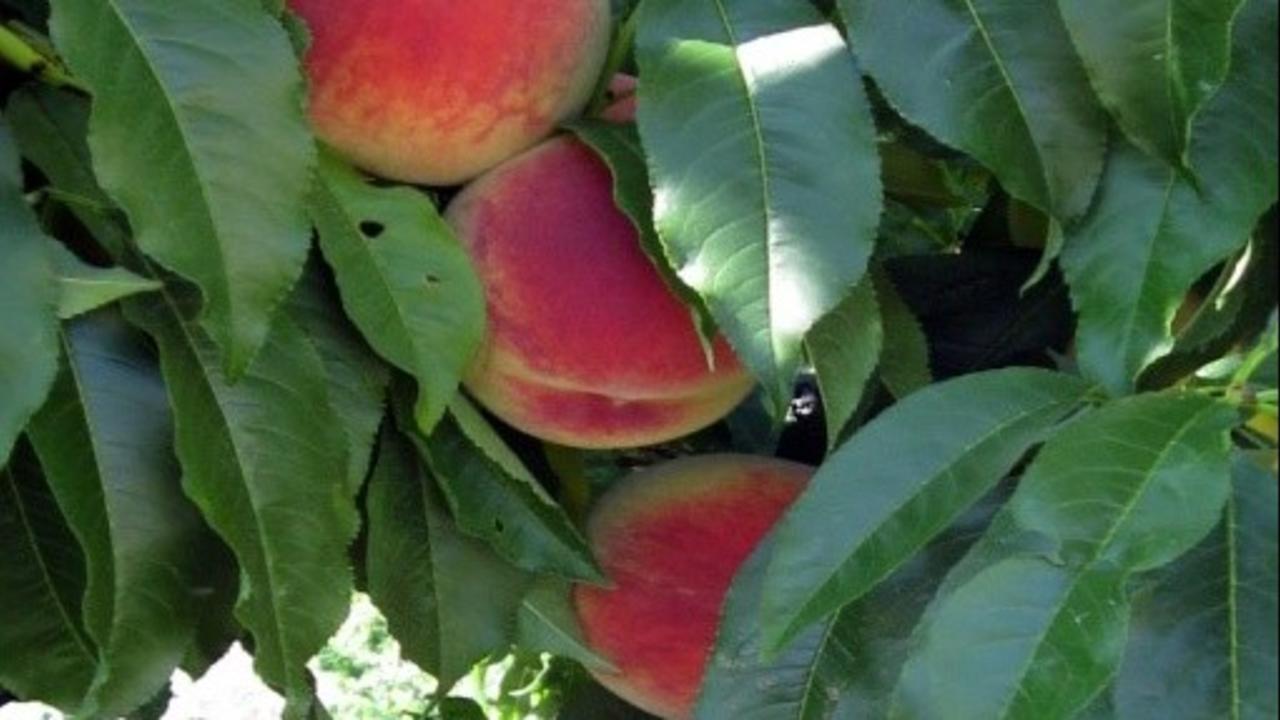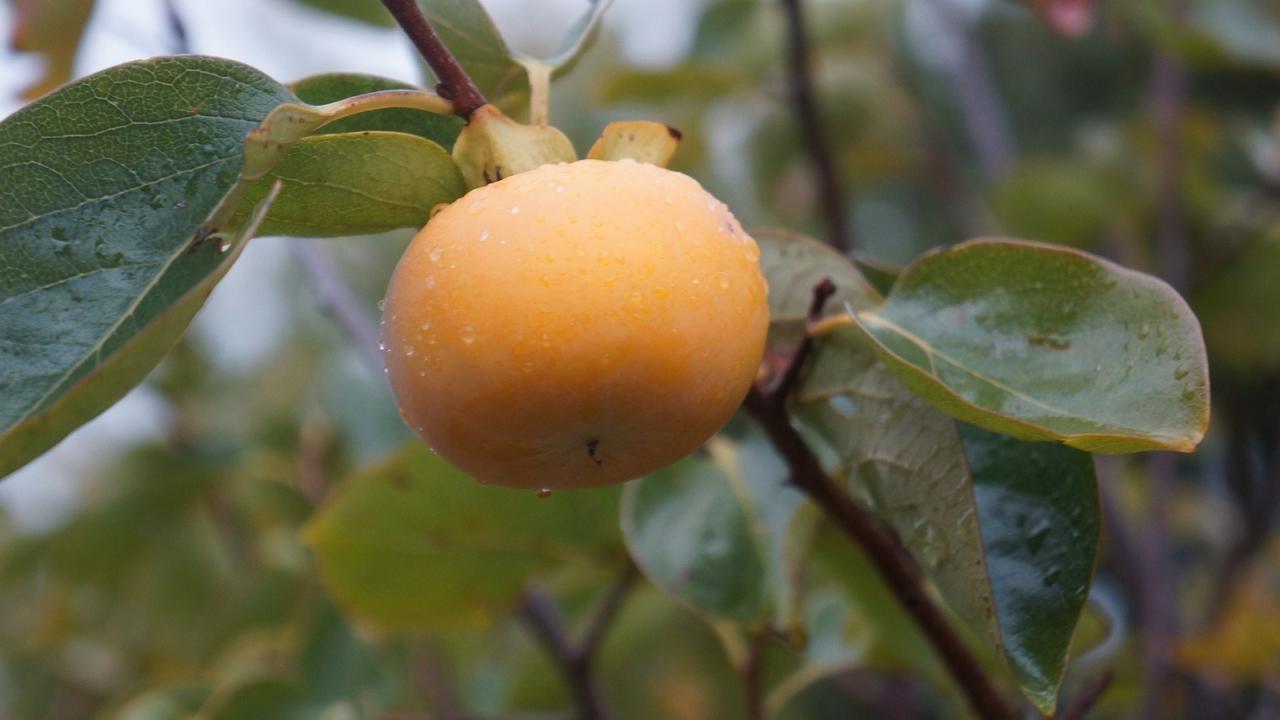Low Maintenance Fruit Trees You Should Have In Your Yard

Low-maintenance Fruit Trees You Should Have in Your Yard
There are several reasons you should consider growing your own fruit trees. To start with, fruit bought from the store often travels several hundred miles to get to your kitchen table. The travel time can take days. The nutrition and the freshness often suffer with these non-local fruits.
Second, stores usually stock fruit types that look the prettiest, however, they do not really taste that good. I think we all know the taste of that freshly picked plum or peach from grandma's backyard.
Lastly, a few fruits, for example, plums and peaches, make remarkable great aesthetically please landscaping plants and add to the overall appeal of your yard/garden.
By planting your own fruit trees, you get fresh fruits every year and have access to nutrition year around. Here are some low-maintenance and easy-to-grow fruit trees for your yard.

1. Plum
Plums are a great addition to home gardens because of their minimal size and simp...
7 Unique Fruit Trees for Southern California

Looking to try something new and fresh that your tastebuds will enjoy? Explore these semi-tropical fruit trees that grow well, with proper planting and care, in our San Diego climate.
Many local nurseries carry many of these varieties, so visit them to see if one or more of these unique fruit trees are right for your yard!
Jujube - Ziziphus jujuba - 25-50' h x 20-30' w

This small, resilient tree originated in China and has been cultivated for over 4,000 years. It produces a sweet and delicious plum-sized fruit with a dark, edible skin. The jujube thrives in sunny, warm areas and prefers sandy, well drained soils. Very little care is necessary to keep the jujube healthy and strong.
Loquat - Eriobotrya japonica - 10-25' h x 10-25' w

The loquat is popular as an ornamental plant all around the Southern California landscape. It is likely you have passed by one without realizing how sweet its fruit are! This small evergreen tree produces small pear-shaped fruit that are yellow-orang...
Sharing Abundance
Often, new fruit tree owners fear marauding magpies, pillaging pack rats, or devastating ducks. Well, maybe not the ducks. The solution? Warfare! Nets, traps, fake owls, snakes, oh my! Some, like these painted rocks that confuse strawberry snatchers, are wonderful deterrents and should be used. But, many times people choose to net their trees.
Sharing Abundance: Please don't net your fruit trees!

Notice anything about this plum tree? No net!

A free range plum awaits its fate: pecked by beaks or picked by digits.
When you net a fruit tree, you are inevitably going to damage some portion of the tree either installing or removing it. You'll catch and snare unsuspecting little birds (I've freed a few on clients' trees). And, when done, you send the useless tangle of plastic and broken branches to the dump.
How about Sharing Abundance?
At our house, we're fortunate to have mature plums, peaches and citrus trees. We also border wildlife habitat so the domestic feasting pressures ar...
How to Graft a Loquat Tree
Our local San Diego master of fruit, Ben Kotnik, was kind enough to walk me through a wedge graft on a loquat tree. You can find Ben at this year's Festival of Fruit or at his fruit nursery and landscaping design company Suburban Food Farm. Enjoy!
How to Graft a Loquat Tree
Ben Kotnik shows how to make a wedge graft
1. Remove foliage until growing tip is left

2. Carve wedge in cutting

3. Too much cambium was removed, hopefully the graft will fuse tight

4. Match diameter of cutting to root stock to line up cambium layers for proper fusion

5. Offset root stock cut to match cambium layers

6. Carefully cut into root stock stem

7. Root stock ready for grafting

8. Cover all of the exposed cutting but not the graft. don't worry about the growing tip as the parafilm with UV degrade

9. Be sure to get proper alignment of cambium layers

10. Ready to seal graft

11. Wrapping with clear floristry tape

12. Finished loquat graft

13. Write name of variety on tape....
